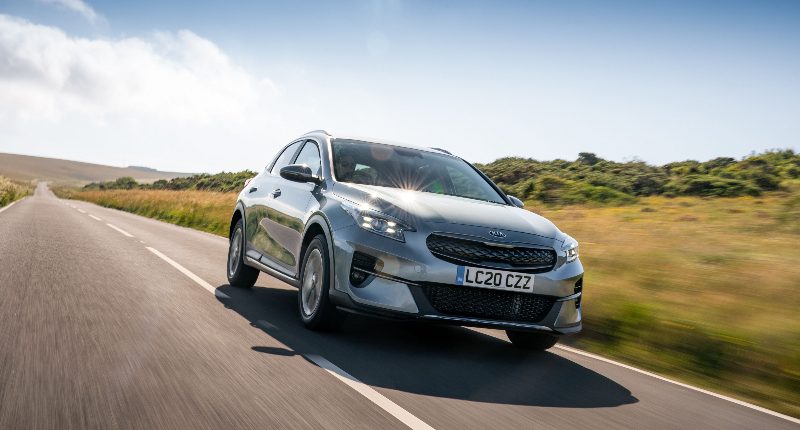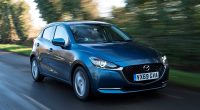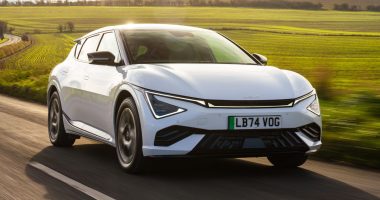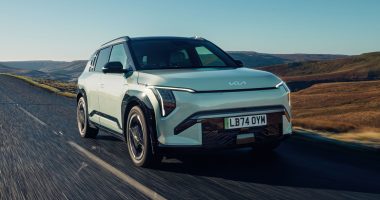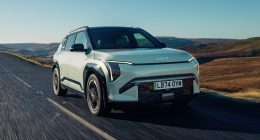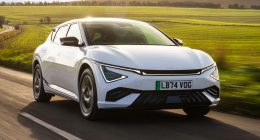Kia’s a company on the up right now, that rise in popularity driven by a raft of well-executed SUVs. Electrification is playing its part, too, with the latest Soul and Niro among the best in class. With that in mind, the signs for this plug-in hybrid version of the new XCeed crossover look promising.
Table of Contents
WHAT IS THE XCEED PHEV?
A car that promises a combined fuel consumption north of 200mpg, an electric-only range of 36-miles and emissions of 32g/km. Those eye-catching figures are possible by taking the existing 1.6-litre petrol engine and introducing a small electric motor into the mix, more of which later. Based on the Ceed hatchback, Kia would like you to think of the XCeed – whether you settle on petrol, diesel or PHEV power – as a “sporty compact crossover”. There are no distinguishing features to tell this XCeed is different from the rest apart from the flap on the car’s near side behind which is the socket that accepts a charge rate of 3.3kW – a speed provided by a home wallbox or public charging point. With either, you can top the 8.9kWh battery to 100% in two hours and 15 minutes.
HOW DOES THE SYSTEM WORK?
The XCeed PHEV has three assistance modes: ‘EV’ relies solely on the battery to move you along; ‘Automatic’ chooses the power mode to best suit the here and now; and ‘Hybrid’ looks to harvest energy as you brake – or slow down – and direct this to the battery when its reserves have been depleted. ‘Sport’ meanwhile adds some bite to the throttle’s response and allows the engine to continuously recharge the cells. All of the technology – from the at times strained 104bhp engine, 44.5kWh (29bhp) electric motor and 6-speed dual clutch automatic – is common to other Kia cars, including the Niro and Ceed Sportwagon PHEVs. There is a trade-off: the battery pushes weight up by 115Kg and because this is housed in the boot, the load area drops from 426- to 291-litres.
DOES IT COST MUCH TO BUY?
At a time, PHEVs were eligible for a plug-in grant from the government, but no more. Still, business users can take advantage of a low Benefit-in-Kind (BiK) tax rating and private users lower fuel bills, especially if electric mode is used regularly. On test here is ‘3’ (£30,695) and for the foreseeable future plush ‘First Edition’ (£34,695). The extra cash adds leather seats, a panoramic sunroof and wireless phone charging, a 12.3-inch TFT driver display and 18-inch alloys. We would be happy to settle for a ‘3’, especially as the smaller wheels promise a nicely damped ride. Dual-zone climate control, heated seats and steering wheel, and a 10.25-inch centre display that relays crisp images captured by the rear-facing camera for straightforward parking manoeuvres all come as standard.
TAKE ME INSIDE THE XCEED
As with the outside, the cabin in the XCeed PHEV has changed little from either the petrol or diesel versions so, once again, you are met by padded surfaces, polished plastics, and nice switchgear that is pleasant to operate. There is one difference, and it can be found on the driver’s binnacle; the left dial has a charge/eco/power band and a small needle below that tells you what charge remains in the battery. As for roominess, three people perched across the second row are sure to find it a cosy experience. There is not a huge amount of knee or foot room in the back for longer-legged occupants and care is needed when entering or exiting as the roofline tapers away sharply.
IS IT COMFORTABLE TO DRIVE?
On the smaller 16-inch wheels the XCeed has a comfortable, cushioned nature to the way in which it rides across our tatty roads. Only the worst lumps manage to send a dull thud into the cabin. Strong traction when cornering, a body that remains flat and steering that has the right degree of heft all please as does the absence of wind noise or tyre roar at motorway speeds. This sense of calm comes to the fore in electric-only form but is broken when the engine chimes in it, especially in ‘Sport’. Hit the noisy pedal in this mode and the four-cylinder turbo petrol reveals a harsh side to its character as the smooth gearbox bumbles around looking for the most appropriate gear. As for performance, Kia says 0-60mph takes 10.4 seconds and has capped the top speed at 107mph.
PROS & CONS
+ Smartly styled on the outside
+ Well made on the inside
+ Welcome fuel and CO2 gains
– Performance is disappointing
– Second row is cramped
– Boot space takes a hit
CHARGING: Packaged in the boot, the XCeed’s 8.9kWh battery can be topped up using a standard three-pin power source and should deliver over 30-miles of electric range. Via the car’s touchscreen display you can locate public charging points quickly; if there isn’t one near hand you can eke out the battery’s energy using the ‘Driver Only’ option; this shuts down all of the air vents except the driver’s.
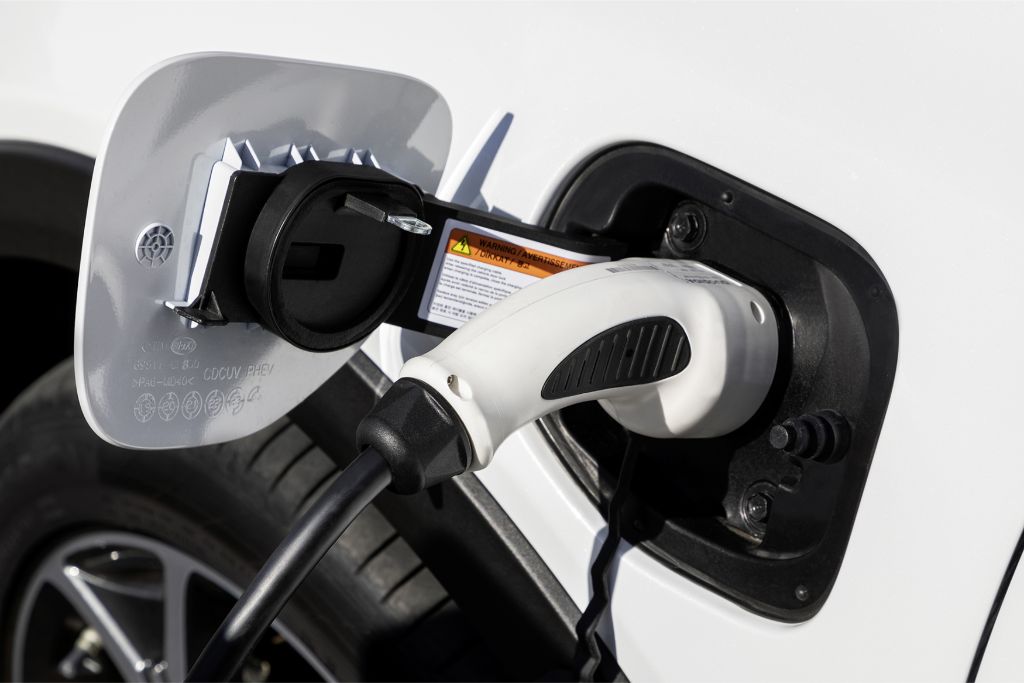
STYLING: The plug-in hybrid is a mirror image of petrol and diesel XCeeds, except for rims that draw their inspiration from those found on the all-electric Soul SUV, and a second flap that is positioned on the passenger’s side wing. The front is set off by Kia’s trademark ‘tiger nose’ grille and sweptback lights while the rear gets wraparound tail-lamps. ‘Lunar Silver’ (£570) is one of seven available colours.
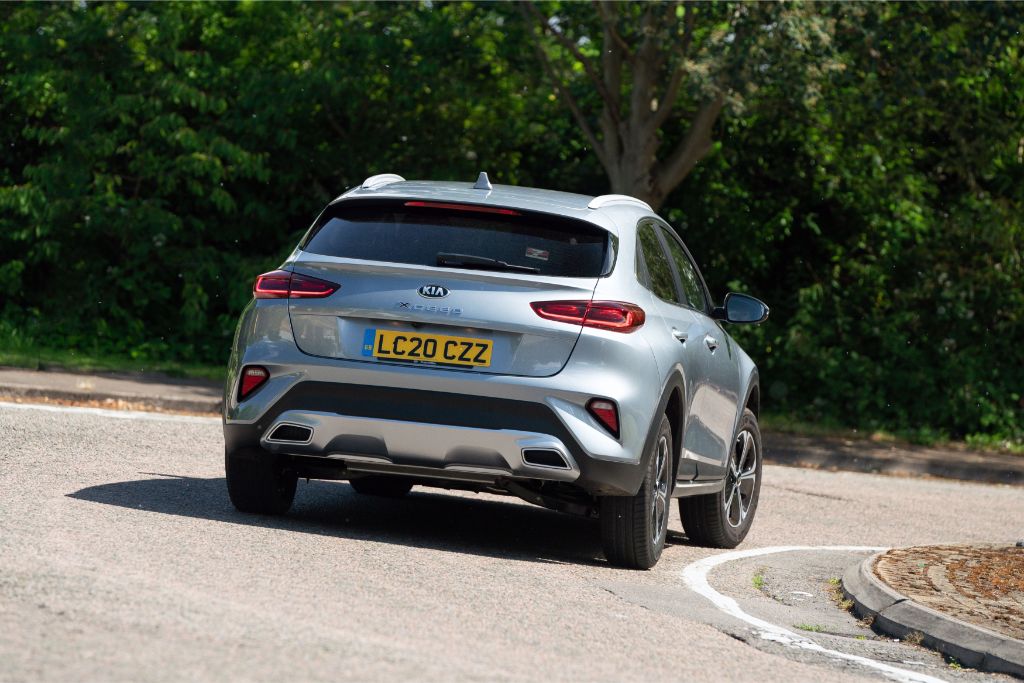
INTERIOR: Quality is favourable compared to rivals’ such as the Mini Countryman PHEV and Toyota C-HR mild hybrid, although some added colour wouldn’t go a miss as it’s quite gloomy inside. 10.25-inch central touchscreen comes as standard on both ‘3’ and ‘First Edition’ XCeeds and is blessed with sharp graphics and fast responses. It also shows energy flow between the battery, engine and electric motor.
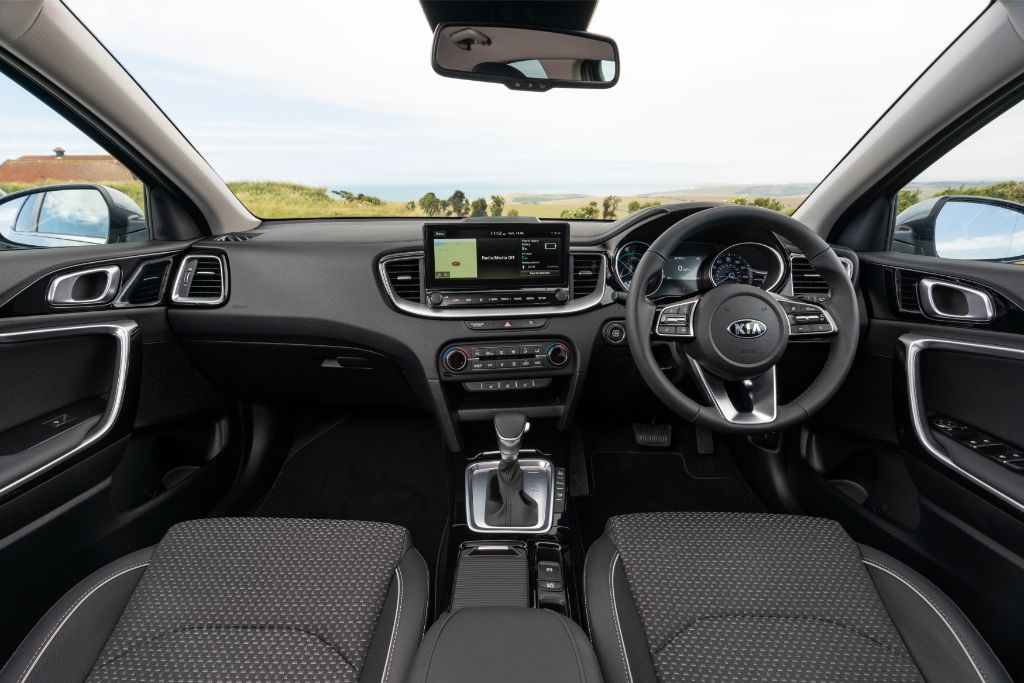
PRACTICALITY: The privilege of being able to run a car on battery power only comes at the expense of boot space in the XCeed. Placing cables in the back shrinks the total load volume from 426-litres to 291-litres. The opening is big and wide but as the floor is not height adjustable more effort is required to lug heavier items up and over the chunky lip. 60/40 split-folding rear seats are also less practical.
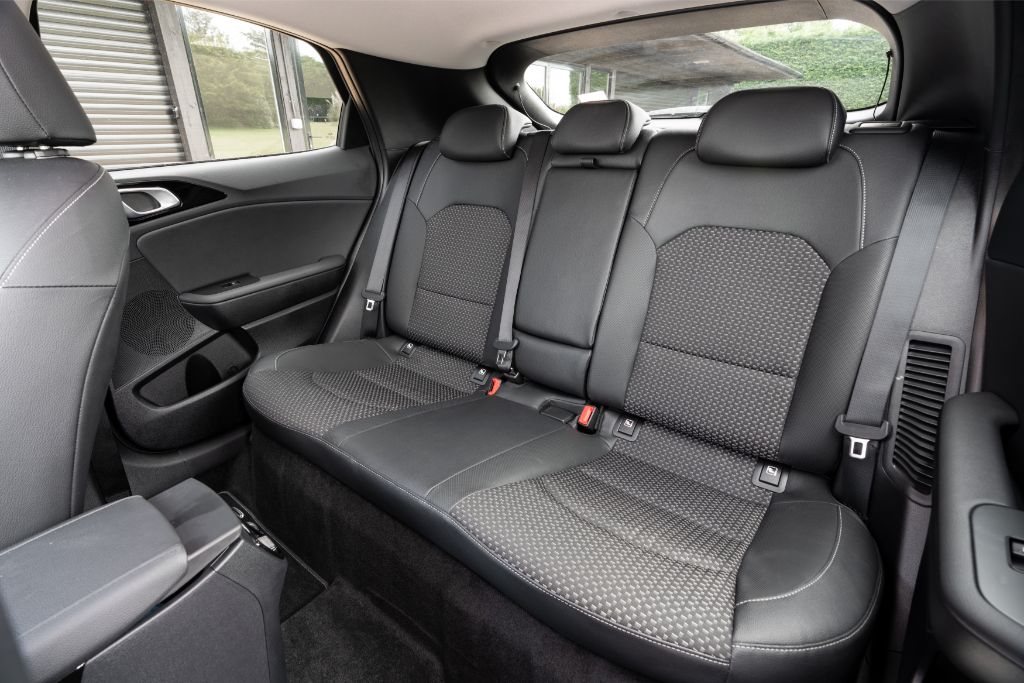
SPECIFICATION
Price: £30,695 (as tested)
Engine: 1.6-litre, 4cyl turbo petrol/electric motor
Power/torque: 139bhp/195lb ft
Transmission: 6-speed automatic, front-wheel-drive
0-60mph: 10.4seconds
Top speed:107mph
Economy: 201.8mpg
CO2: 32g/Km
